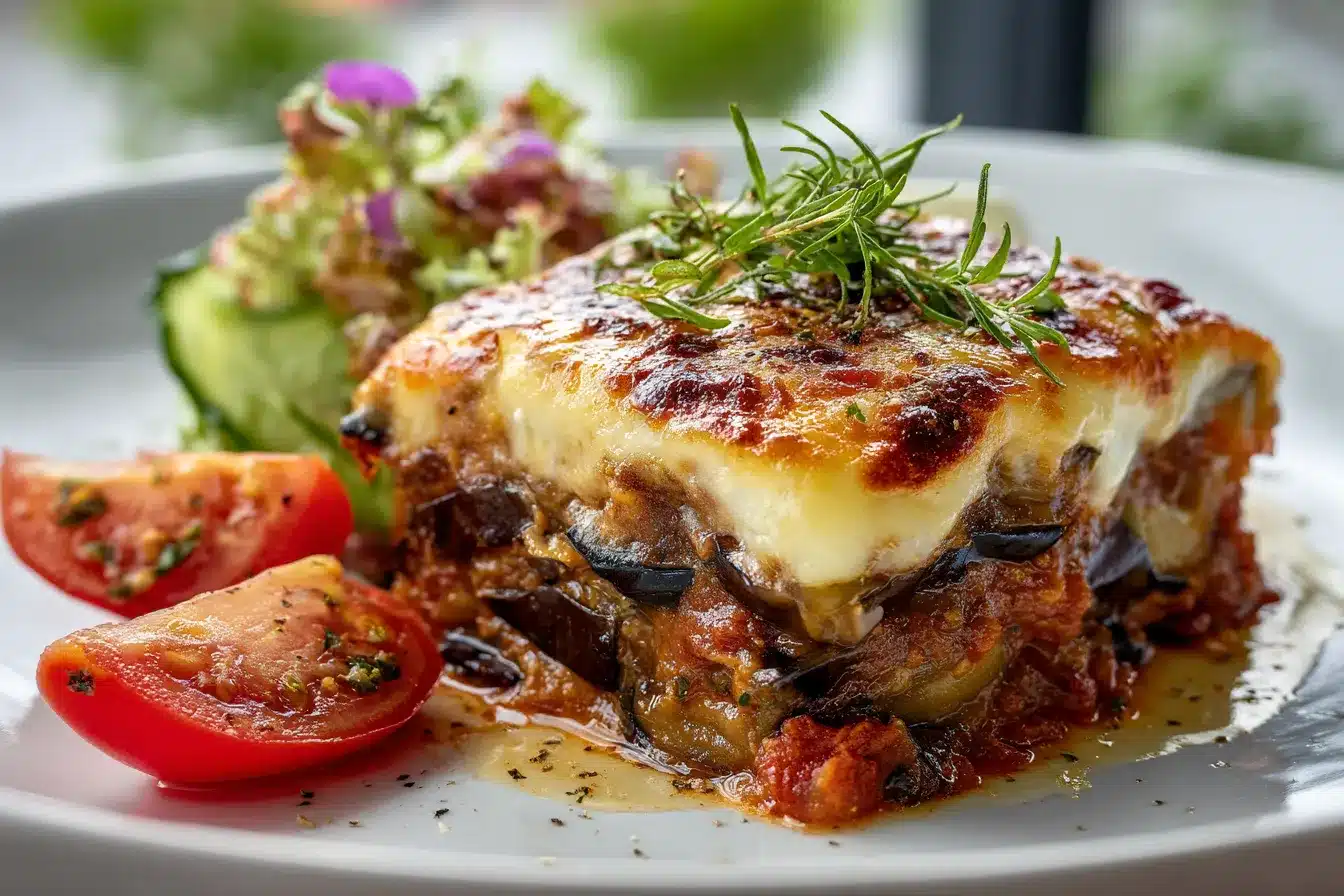Introduction to Carrot Fries
Carrot fries offer a delightful and nutritious alternative to traditional potato fries. Packed with flavor, vitamins, and a natural sweetness, they’re a perfect side dish or snack for health-conscious individuals and families alike. In this article, we’ll explore how to make it, their health benefits, and delicious ways to serve them. For those who love exploring new recipes, you might find inspiration in the pumpkin banana loaf or the earl grey cookies, showcasing how vegetables and spices can transform traditional treats.
What Are Carrot Fries?
Carrot fries are not just a tasty alternative to potato fries; they’re also a healthier option. Carrots are rich in beta-carotene, fiber, and antioxidants, making them a beneficial addition to any meal. For a deeper dive into nutritious meals, consider exploring recipes like the busy day soup, which can easily incorporate a variety of vegetables for those hectic evenings.
The Rise of Carrot Fries in Modern Cuisine
The rise of carrot fries can be attributed to a growing interest in healthier eating habits and the continuous search for innovative vegetable-based dishes. As people become more health-conscious, it stand out as a nutrient-rich alternative to potato fries, packed with vitamins, fiber, and antioxidants, without sacrificing flavor or satisfaction.
Nutritional Benefits of Carrots
Carrots are a powerhouse of nutrients, offering a wealth of vitamins, minerals, and antioxidants with numerous health benefits. Rich in beta-carotene, which the body converts into vitamin A, carrots support eye health, immune function, and skin health. They are also a good source of fiber, which aids in digestion and weight management.
Comparing Nutritional Value: Carrot Fries vs. Potato Fries
Preparation and Cooking Carrot Fries Recipe
Choosing the Right Carrots
For the best carrot fries, opt for carrots that are firm and bright in color. Larger carrots are easier to cut into fry shapes and tend to have a sweeter flavor, enhancing the overall taste of your dish.
Cutting Techniques for Perfect Fries
Cutting carrots into even fry-shaped pieces ensures they cook uniformly. Aim for slices about ¼ inch thick for the perfect balance between crispiness and tenderness.
Seasoning Ideas
The natural sweetness of carrots pairs well with a variety of seasonings. From simple salt and pepper to more adventurous spices like cumin, smoked paprika, or garlic powder, you can easily customize your carrot fries to match any flavor profile.
Baking vs. Frying
Baked Carrot Fries: A Healthier Alternative
Baking carrot fries is a straightforward and healthier alternative to frying. Preheat your oven to 425°F (220°C), toss your carrot fries in a light coating of oil and your chosen seasonings, and bake for 20-25 minutes until crispy. This method minimizes oil use and retains more nutrients.
How to Fry Carrot Fries for Crispiness
For those who prefer their fries crispy, frying is the way to go. You can shallow fry in a pan with a bit of oil or use an air fryer for a healthier version of fried carrot fries. The key is to not overcrowd the pan or air fryer basket to ensure each fry cooks evenly and gets crispy.
Creative Flavor Combinations
Herbs and Spices for Carrot Fries
Experimenting with different herbs and spices can turn carrot fries into a culinary adventure. Try tossing them with rosemary and thyme for a classic flavor, or go bold with a sprinkle of curry powder for a touch of warmth and complexity.
Sweet and Savory Dips
Carrot fries are versatile enough to pair with both sweet and savory dips. A tangy yogurt-based dip or a classic hummus can complement their natural sweetness, while a spicy sriracha mayo can add a kick that elevates the dish to new heights.
Serving Suggestions
FAQs About Carrot Fries
-
Are Carrot Fries Healthier Than Potato Fries?
Yes, carrot fries are generally considered healthier than potato fries for several reasons. Carrots are lower in calories and carbohydrates than potatoes, making them a better option for those watching their calorie intake or managing blood sugar levels. Carrots are also rich in beta-carotene, which the body converts into vitamin A, essential for eye health, immune function, and skin health. Additionally, carrots offer more dietary fiber per serving, which can help with digestion and provide a feeling of fullness, aiding in weight management.
What Are the Health Benefits of Carrot Fries?
Carrot fries offer a variety of health benefits, including:
- Rich in Nutrients: Carrots are a good source of several vitamins and minerals, including vitamin A (from beta-carotene), vitamins C and K, potassium, and antioxidants.
- Lower Caloric Intake: By opting for carrot fries over potato fries, you’re likely consuming fewer calories, which can be beneficial for weight management.
- Dietary Fiber: Carrots provide dietary fiber, which promotes digestive health, helps control blood sugar levels, and supports a healthy weight by making you feel fuller longer.
- Antioxidants: The antioxidants in carrots, such as beta-carotene, lutein, and zeaxanthin, can help reduce the risk of chronic diseases by combating free radicals in the body.
What Do Carrot Fries Taste Like? (Reddit Insights)
According to discussions on Reddit, carrot fries are often described as having a sweet, slightly earthy taste that becomes more pronounced when roasted or baked. Many people appreciate their natural sweetness, which contrasts nicely with savory seasonings like salt, pepper, garlic, or herbs. The texture is another point of interest; when cooked properly, carrot fries can achieve a pleasant crispness on the outside while remaining tender on the inside. Some users recommend experimenting with different seasonings to enhance their flavor, such as adding a sprinkle of cumin or paprika for a smoky touch.
How Do You Cut Carrots into Fries?
Cutting carrots into fries is a straightforward process:
- Wash and Peel: Start by washing and peeling your carrots. While peeling is optional, it can help remove any bitterness from the skin.
- Slice into Strips: Cut the carrots in half crosswise to create manageable lengths. Then, slice each piece in half lengthwise. Place the flat side down on the cutting board for stability and slice into thin strips, aiming for a uniform thickness to ensure even cooking.
- Size Matters: Try to cut your carrot fries into similar sizes, about ¼ inch thick, for consistent baking or frying. This size is a good balance between getting a crispy exterior and a tender interior.
Remember, the key to perfect carrot fries is in the preparation. Uniformly cut fries will cook evenly, resulting in a delicious, healthy snack or side dish that’s both nutritious and satisfying.
Conclusion: The Future of Carrot Fries
Carrot fries are a simple, delicious, and healthy alternative to traditional fries. With their natural sweetness and nutritional benefits, they’re sure to become a favorite in any household. Whether you’re looking for a new side dish, a healthy snack option, or a way to get more vegetables into your diet, they are an excellent choice. And for those who love to explore the culinary world, TasteDiary.com offers a plethora of recipes like delicious ricotta cheese desserts that can inspire your next kitchen adventure.
 When comparing the nutritional value of carrot fries to traditional potato fries, several key differences emerge, primarily due to the inherent nutritional profiles of carrots and potatoes. Both vegetables offer unique health benefits and can be part of a balanced diet, but carrot fries tend to edge out potato fries in terms of nutrient density and calorie count. Here’s a closer look at how they compare:
When comparing the nutritional value of carrot fries to traditional potato fries, several key differences emerge, primarily due to the inherent nutritional profiles of carrots and potatoes. Both vegetables offer unique health benefits and can be part of a balanced diet, but carrot fries tend to edge out potato fries in terms of nutrient density and calorie count. Here’s a closer look at how they compare:



